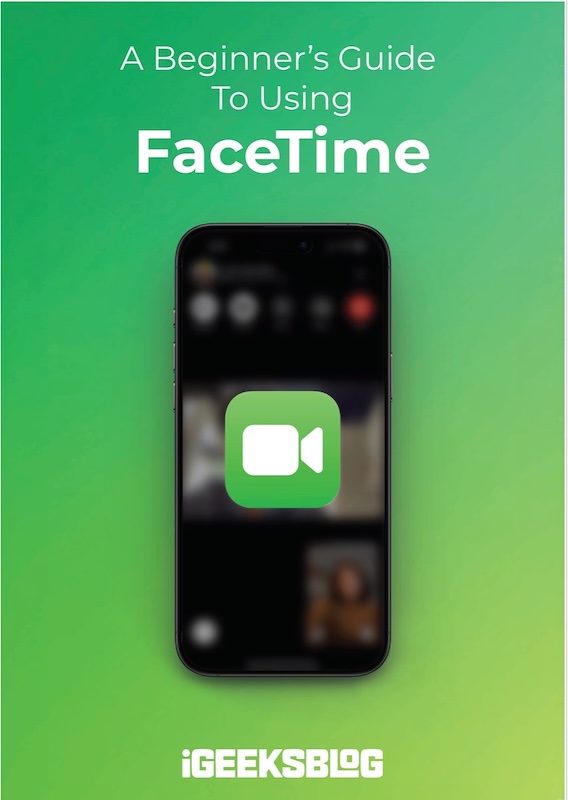
FaceTime Like a Pro
Get our exclusive Ultimate FaceTime Guide 📚 — absolutely FREE when you sign up for our newsletter below.

FaceTime Like a Pro
Get our exclusive Ultimate FaceTime Guide 📚 — absolutely FREE when you sign up for our newsletter below.
Apple is gearing up to expand iPhone satellite features beyond emergencies, adding Maps, richer messaging, and developer access for off-grid connectivity.
Apple’s ambitions to enhance iPhone connectivity are reportedly set to evolve, especially in areas lacking cellular or Wi-Fi capabilities. Bloomberg’s Mark Gurman reports that Apple is developing new satellite-based features, poised for inclusion in future iPhones. This marks a significant leap in enhancing off-grid communication.
Currently, Apple’s satellite offerings, such as Emergency SOS and Roadside Assistance, aid users during emergencies. However, Gurman indicates that Apple aims to expand these capabilities. A notable potential addition is Apple Maps via satellite, which could enable navigation in internet-free zones. Such a feature would be invaluable for hikers, travelers, and anyone traversing remote regions.
Additionally, Apple plans to enhance Messages via Satellite, extending it beyond text to include photo-sharing features. This enhancement could be critical, allowing more comprehensive communication in the absence of traditional signals, especially when visual details are urgent.
To broaden the utility of these satellite features, Apple reportedly intends to introduce a Satellite API for third-party developers. This framework would allow app creators to integrate satellite connectivity into their offerings. For instance, location sharing, safety check-ins, or basic data transfers could become possible even in offline scenarios. Nevertheless, Gurman notes some Apple-exclusive satellite features won’t be shared with external developers.
A pressing limitation of current satellite usage is the need for users to aim their devices skyward to establish a connection. Apple aims to resolve this by working on “natural usage” capabilities. As per Gurman, the goal is for iPhones to connect to satellites automatically, even if the device remains in a pocket, vehicle, or under light obstruction. This would streamline satellite connectivity, embedding it more naturally into daily use.
Looking further ahead, the anticipated inclusion of 5G Non-Terrestrial Network (NTN) support, projected for the 2026 iPhone lineup, stands out as a pivotal advancement. This technology leverages satellites alongside traditional cell towers to broaden network reach, particularly in rural or hard-to-reach locations. It could bridge existing coverage gaps, enhancing consistency without relying entirely on ground-based towers.
Presently, Apple relies on Globalstar’s satellite infrastructure for its current services, having invested more than $1.1 billion to bolster this partnership. Gurman, however, points out that Apple could accelerate its satellite ambitions if SpaceX, known for its Starlink service, acquires Globalstar, a scenario reportedly under negotiation. While there have been internal discussions at Apple about launching its own satellite service, there’s resistance, with some executives suggesting that Apple should refrain from acting like a carrier.
For the moment, Apple’s satellite capabilities remain free for users with iPhone 14 models and newer. Yet, Gurman implies that in the future, users may incur costs through carriers or direct providers like SpaceX for advanced or premium satellite services.
Would these changes impact how you use your iPhone? Share your thoughts with us below.